Making a unique, modern LED headboard is a fun project that can be built and mounted in a weekend for only a few bucks. This article will cover materials and products needed to complete the project; as well as a few helpful tips to guide you along the way. Here is a list of materials you will need:
Total cost: $76
Other miscellaneous materials include screws and construction adhesive.
First, start with a sheet of melamine. This will be the primary structure of your headboard. Melamine is a building material that has similar properties to a laminate countertop, but is sold in thinner sheets that are dimensionally similar to plywood and drywall. Melamine is also commonly used to build cabinets and shelving. If you prefer to keep this process as simple as possible, purchase a pre-cut shelf that comes in a variety of sizes. It comes in white but can be painted a desired color to match your bedroom. Don’t forget to cover the unfinished edges of your headboard with BAND-IT iron on edging for a professional look.
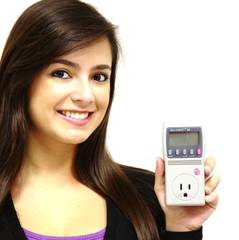
There are many ways one can lower energy bills. The key is identifying where a home is most energy inefficient. This contributing factor could be one of many different deficiencies that are often relatable to a particular region's climate or how certain homes were built at a certain time. For example, older homes were built with very little or no insulation, making the contributing factor for high energy bills the building envelope. In older climates where heating systems are in demand for most of the year, well insulated windows walls and doors are often cost effective energy upgrades.
While heating and cooling loads drive up energy costs there are other common energy deficiencies that are often overlooked. A DIY home energy audit can help you determine what these are. While aspects of an energy audit relating to the building envelope are pretty straight forward, finding sources of inefficient lighting technology is a little less intuitive.
To illustrate the potential savings of switching your traditional incandescent light bulbs to LED light bulbs or other energy efficient light sources, Energy Efficient Lighting Supply has created the Annual Energy Savings Calculator. All you have to do is type in the watt rating of your current light bulb, the watt rating of a comparable LED light bulb, and how long the light will be on each day. The calculator does the rest and immediately reports the amount saved per year in energy costs.
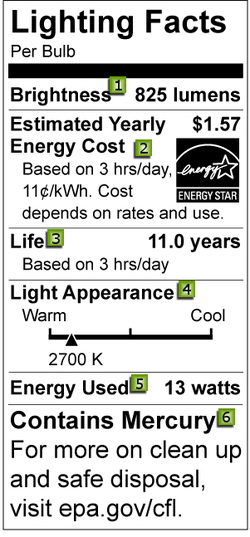
On a recent trip to buy light bulbs, you may have noticed a label on light bulb
packaging that looks strikingly similar to the nutrition facts label on items at
the grocery store. This new label, regulated by the Federal Trade Commission,
is designed to help consumers choose the correct light bulb based on criteria
pertaining to lighting quality and energy consumption. For years, consumers
have purchased light bulbs based on the wattage or power consumption
and the capacity of the fixtures the bulb would be installed in. This traditional
rule of thumb is actually backwards, and only applicable to incandescent light
bulbs.
In an effort to produce more energy efficient and long lasting products, the lighting industry has produced different light sources that install in your traditional fixtures, but, because of varying technical attributes, produce different levels of light output that do not directly correlate to wattage. After all, the purpose of an energy efficient light bulb is to produce the same quality of light while having a
lower wattage (power consumption). This how-to guide will introduce the facts
on the lighting label and how to make sense of them.
1. Brightness- Perhaps the most important piece of information on
the lighting facts label is the measured amount of light emitted by a light
source. It is measured in lumens, which can be further understood with
knowledge of the unit of foot-candles. However, as a rule of thumb for
consumers, a 60 watt incandescent light bulb produces about 890 lumens. Using this basis, energy efficient lighting decisions can be made according to light production not power consumption.
2. Estimated yearly energy cost- This fact is very self-explanatory as stated on the label. It can be useful when comparing two labels side-by-side because the cost for each will be associated with the same amount of daily usage for the year. This number varies with usage per day and your utility rates. As utility rates increase your annual savings compared to a less efficient light bulb will increase as well.
3. Life- Pertains to the average life of the product based on 3 hour per day usage. The light bulb can last longer or shorter based on daily use. It is important to consider this number when comparing estimated yearly energy costs among light bulbs. On an economic basis, the replacement cost associated with the life of the light bulb will impact the cost effectiveness of
your purchase more than the yearly energy costs associated with using the light bulb.
4. Light Appearance- The label portrays light appearance on a kelvin scale of warm to cool. This refers to the color temperature of all visible light. The warmer the light the more yellow or orange it appears, a cooler light bulb will appear white and almost have a tint of blue in it. This aspect of the label has no association with efficiency of the light bulb but can
be very useful to a consumer. In general, warm lights are desired for interior use in living spaces as ambient lighting. Cooler light appearance is desired for outdoor use or in kitchens or workspaces where high color temperature comparable to natural daylight is desired.
5. Energy Use- A Watt is the unit for power and refers to the energy consumption of a light source. The lower the number the more energy efficient the light bulb is. As said before, this number has no universal indication of how bright a light source will be.
6. Contains Mercury- This note represents that improper disposal of the light bulb can be an environmental hazard. A lot of people don’t understand that even though compact fluorescent lights (CFLs) are considered environmentally friendly because they use less energy, they still contain mercury. For proper disposal procedures visit epa.gov/cfl as indicated on the label.
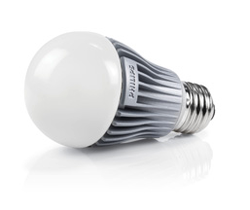
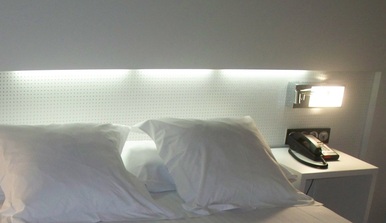
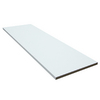
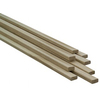
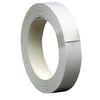
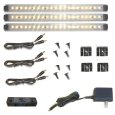
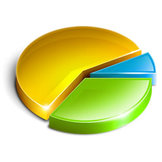

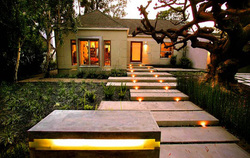

 RSS Feed
RSS Feed